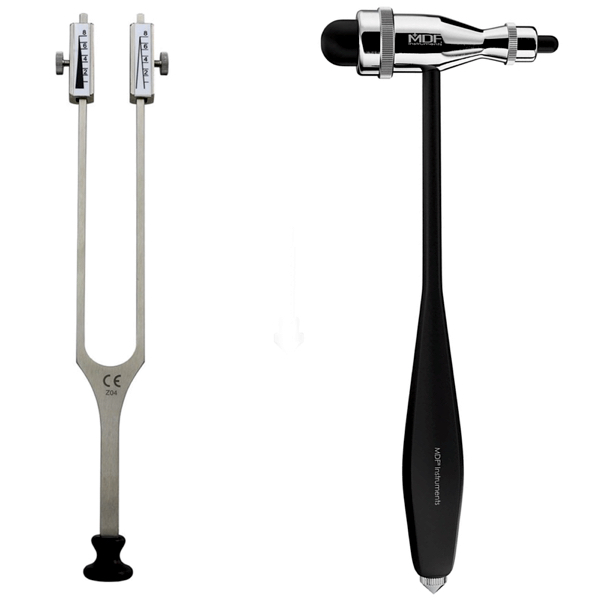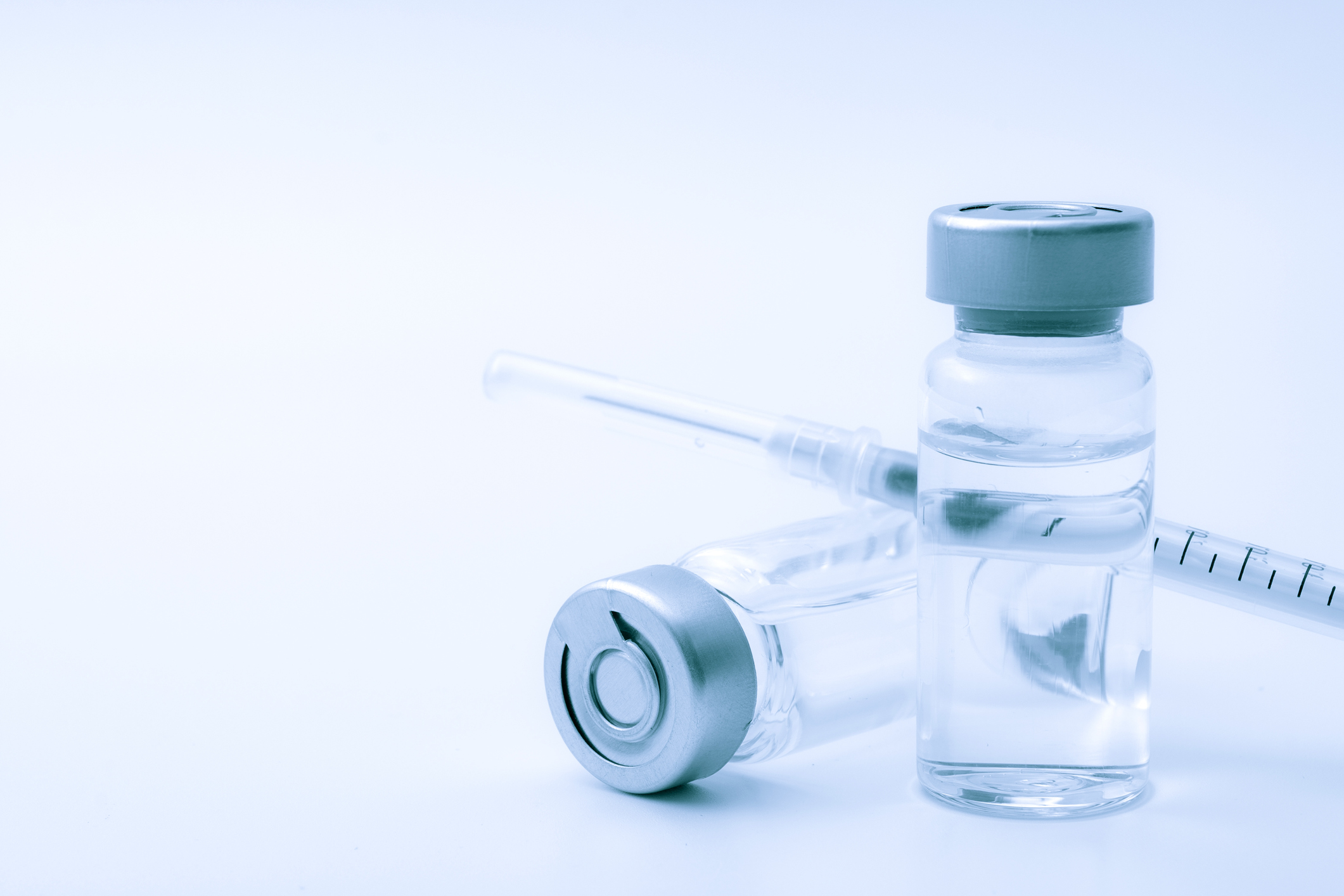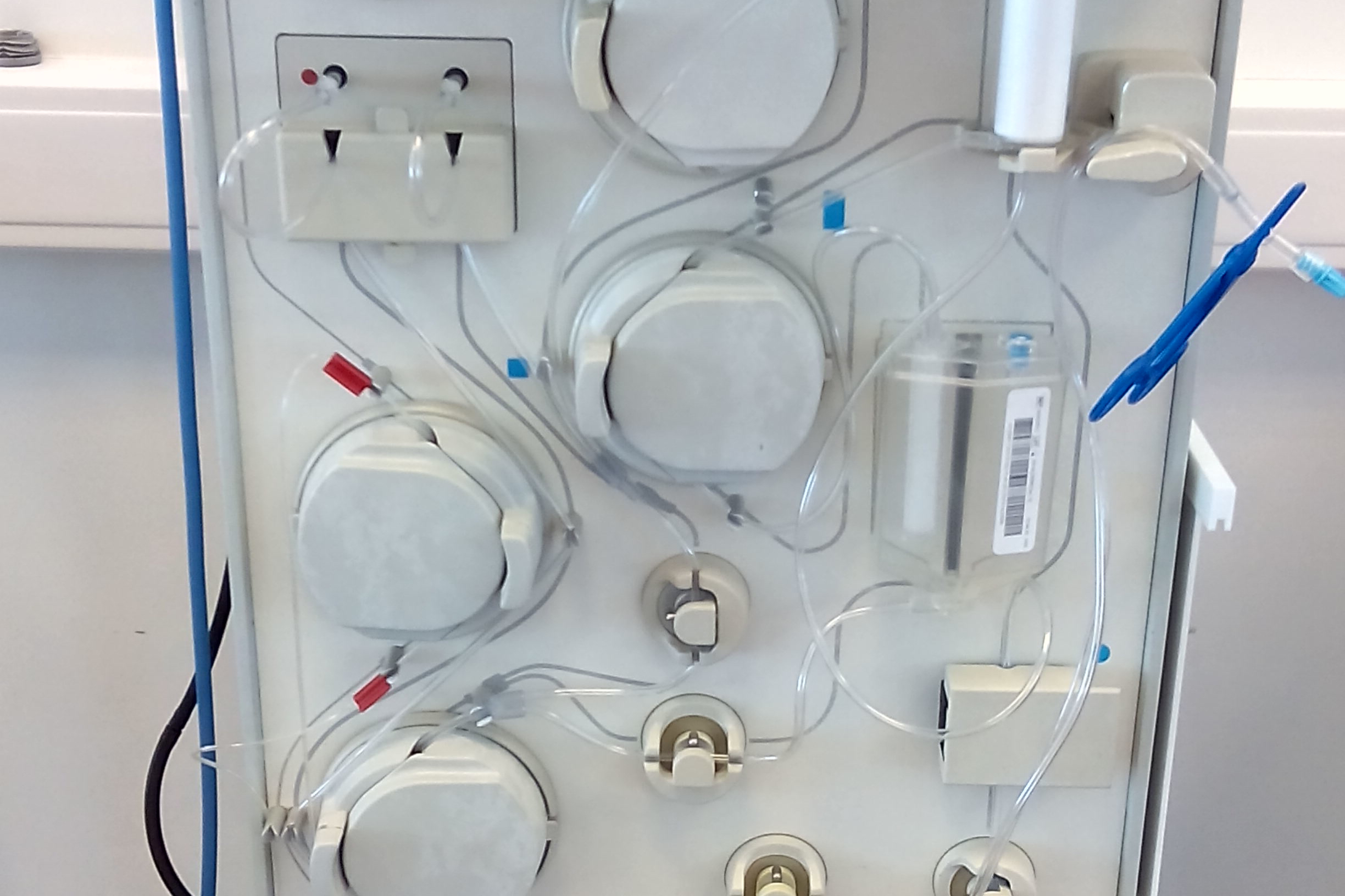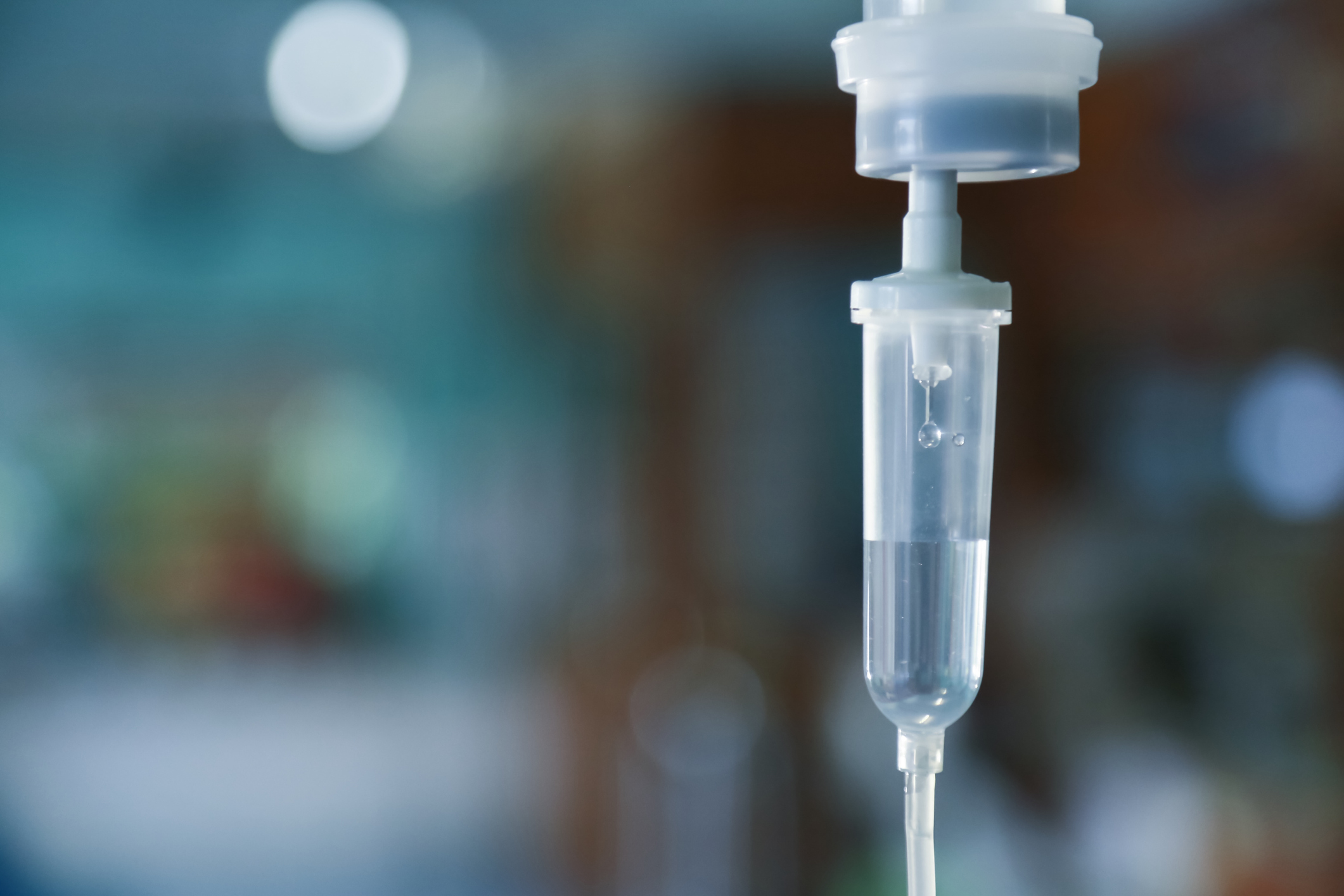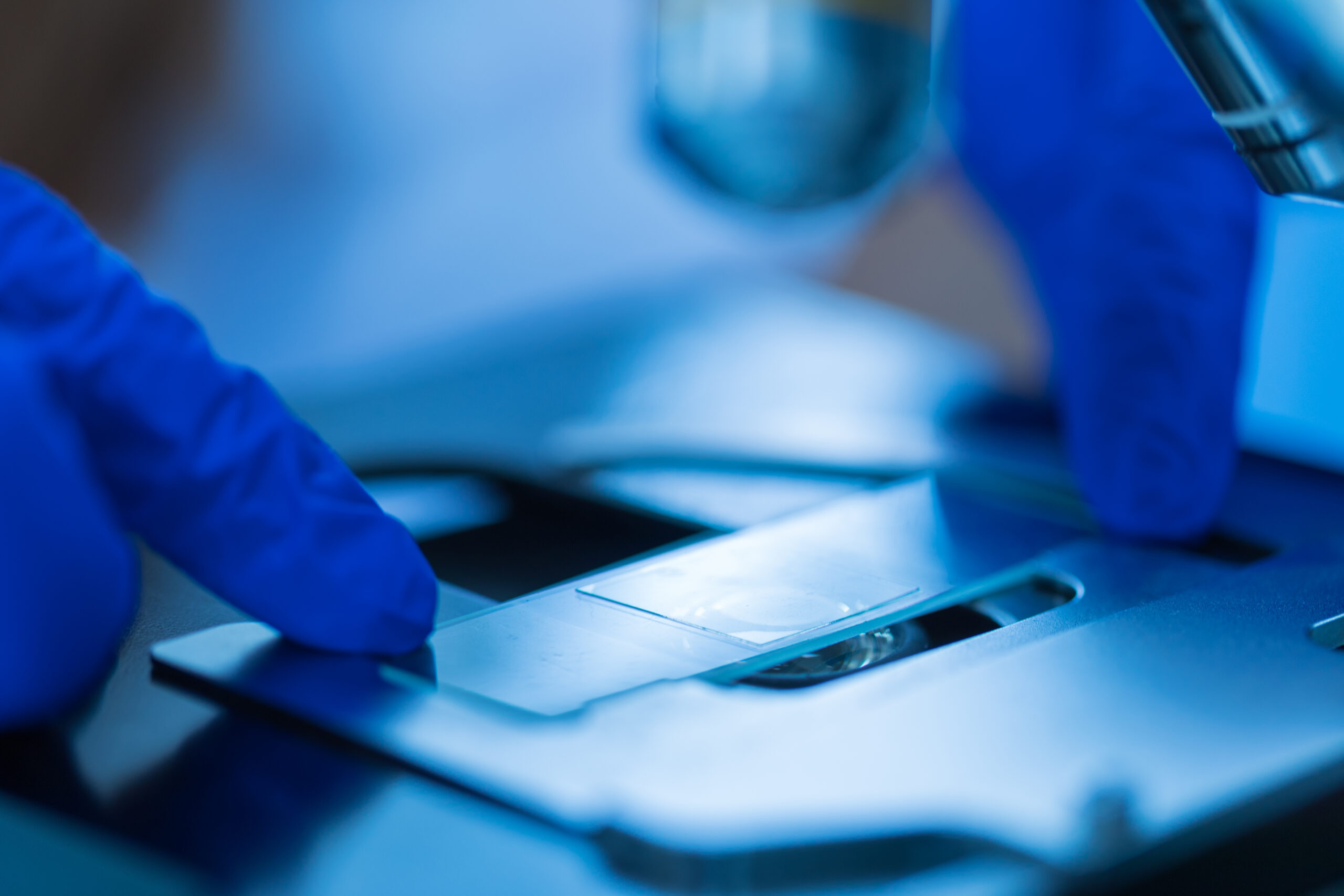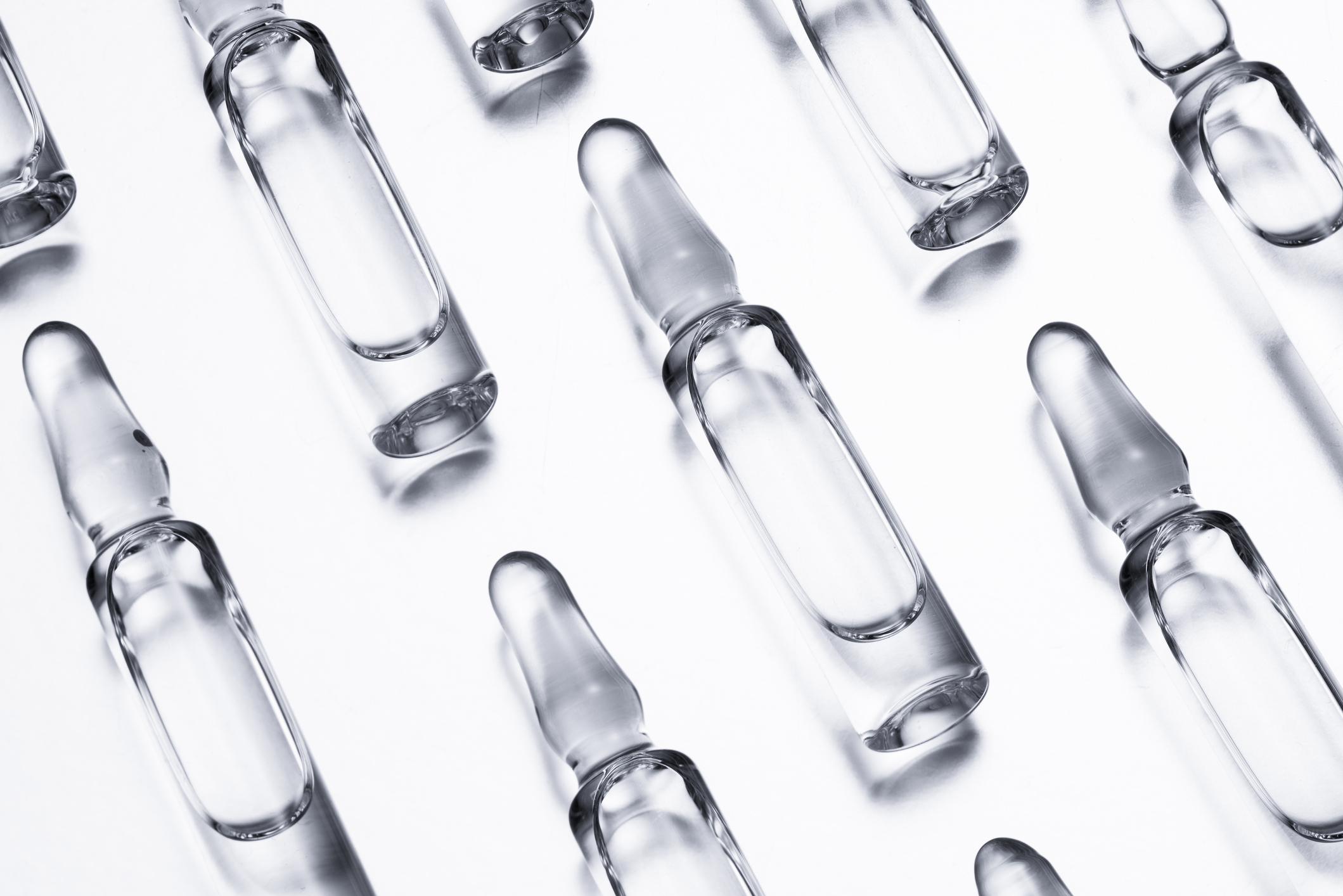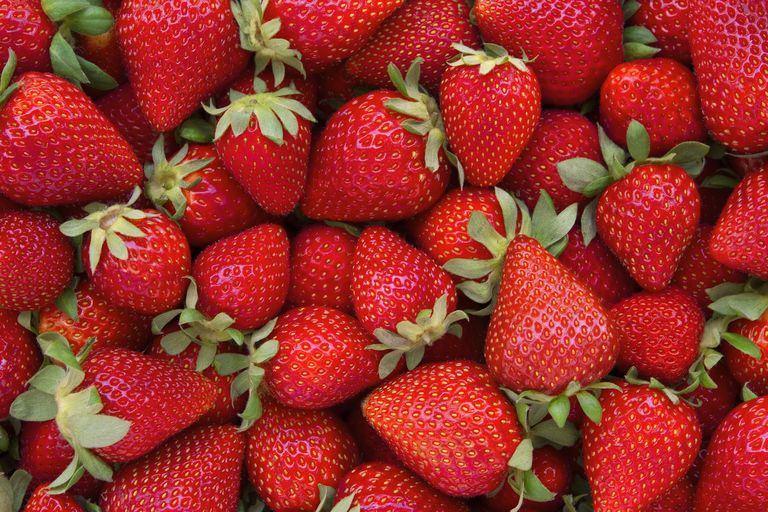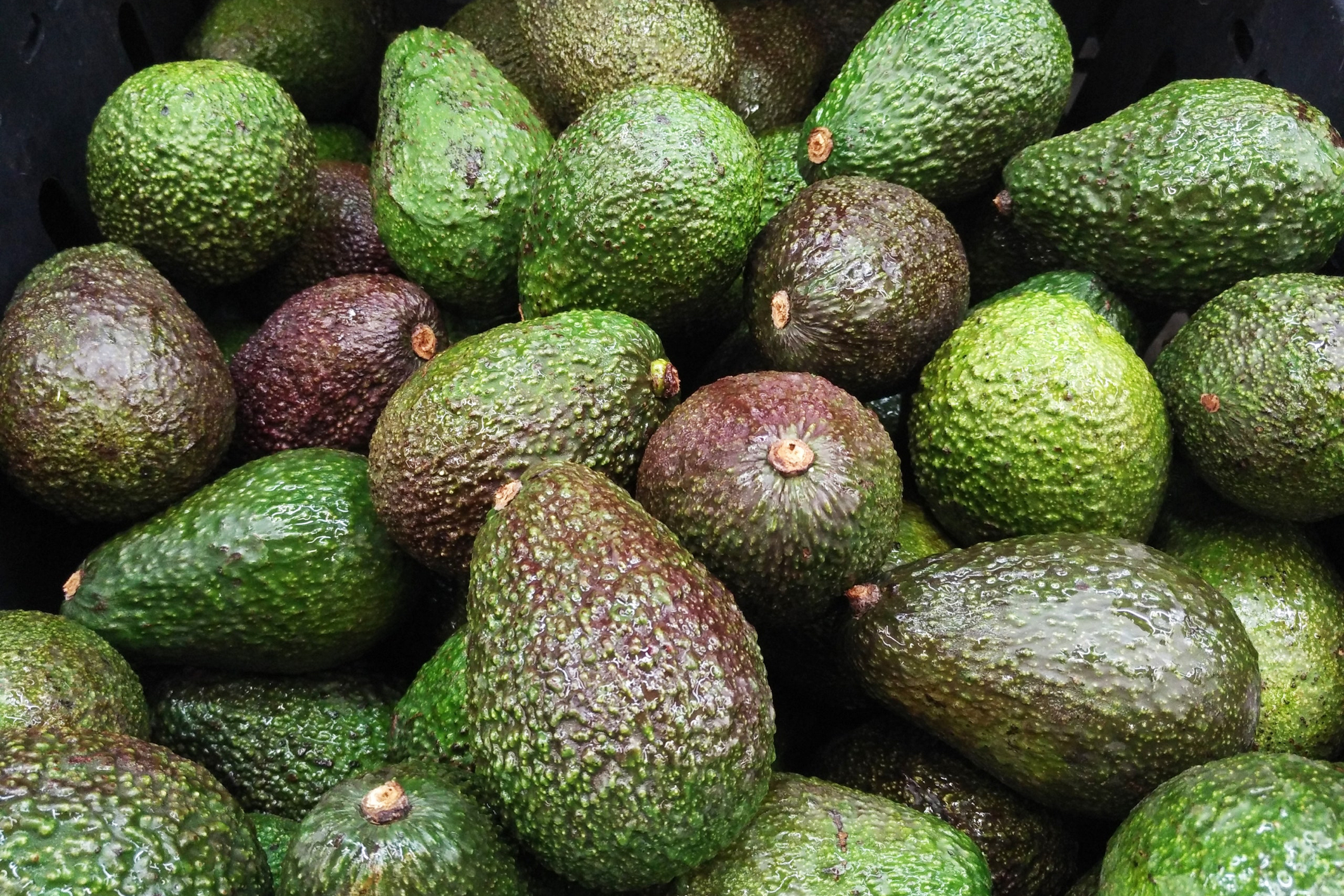Most people eat much more sodium (salt) than they need. This can lead to health problems like high blood pressure. To lower the amount of sodium in your diet, follow these tips when you go food shopping:
-
Choose fresh instead of processed foods when you can.
-
Use the Nutrition Facts label to check the amount of sodium. Compare labels to find products with less sodium.
-
Look for foods labeled “low sodium” or “no salt added.”
Take the list below with you the next time you go food shopping to help you choose foods that are lower in sodium.
Vegetables and Fruits
Buy plenty of vegetables and fruits.
-
Any fresh fruits, like apples, oranges, or bananas
-
Any fresh vegetables, like spinach, carrots, or broccoli
-
Frozen vegetables without added butter or sauce
-
Canned vegetables that are low in sodium or have no salt added
-
Low-sodium vegetable juice
-
Frozen, canned, or dried fruits with no added sugars
If you choose canned vegetables, rinse them off to remove some of the sodium.
Breads, Cereals, and Other Grains
Compare labels to find products with less sodium. Look for foods with 5% Daily Value (DV) or less for sodium. A DV of 20% or more is high.
-
Whole grains like brown or wild rice, quinoa, or barley
-
Whole-wheat or whole-grain pasta and couscous
-
Whole-grain hot or cold breakfast cereals with no added sugars, like oatmeal or shredded wheat
-
Unsalted popcorn or low-sodium chips and pretzels
-
Whole-grain breads, bagels, English muffins, tortillas, and crackers
When you cook grains like brown rice or whole-grain pasta, don’t add salt.
Protein Foods
Choose fresh or frozen seafood, poultry, and meats instead of processed options. Some meat, poultry, and seafood has added sodium. If the package has a Nutrition Facts label, look for 5% DV or less.
-
Fresh or frozen fish or shellfish
-
Chicken or turkey breast without skin or marinade
-
Lean cuts of beef or pork
-
Unsalted nuts and seeds
-
Dried beans and peas – like kidney beans, pinto beans, black beans, lima beans, black-eyed peas, garbanzo beans (chickpeas), split peas, and lentils
-
Canned beans labeled “no salt added” or “low sodium”
-
Eggs
If you buy canned beans, rinse them off to remove some of the sodium.
Dairy
Be sure to check the label on cheese, which can be high in sodium. Choose fat-free or low-fat dairy products.
-
Fat-free or low-fat (1%) milk
-
Fat-free or low-fat plain yogurt
-
Low-sodium or reduced-sodium cheese
-
Soymilk with added calcium, vitamin A, and vitamin D
Dressings, Oils, and Condiments
When you cook, use ingredients that are low in sodium or have no sodium at all.
-
Unsalted margarine and spreads (soft, tub, or liquid) with no trans fats and less saturated fats
-
Vegetable oils (canola, corn, olive, peanut, safflower, soybean, or sunflower)
-
Low-sodium salad dressing – or oil and vinegar
-
Low-sodium or “no salt added” ketchup
-
Low-sodium salsa or picante sauce
Seasonings
Try these seasonings instead of salt to flavor your food.
-
Herbs, spices, or salt-free seasoning blends
-
Chopped vegetables, like garlic, onions, and peppers
-
Lemon and lime juice
-
Ginger
Source:
Prednisone
Prednisone is used to treat many different inflammatory conditions such as arthritis, lupus, psoriasis, ulcerative colitis, allergic disorders, gland (endocrine) disorders, and conditions that affect the skin, eyes, lungs, stomach, nervous system, or blood cells.
IVIG
Intravenous immune globulin (“IVIG”) is a product made up of antibodies that can be given intravenously (through a vein). IVIG is given into a vein (“intravenously”), in an infusion that takes one hour or more. The amount of IVIG you need for each dose depends on your weight as well as the reason you are getting the IVIG:
Plasmapheresis/Apheresis
Plasmapheresis/Apheresis is a process in which the fluid part of the blood, called plasma, is removed from blood cells by a device known as a cell separator. The separator works either by passing the blood at high speed to separate the cells from the fluid or by passing the blood through a membrane with pores so small that only the fluid part of the blood can pass through.
Eculizumab
Eculizumab is the first treatment to be approved to treat adults with anti-AChR Ab+ gMG in more than 60 years. Soliris works to help manage anti-acetylcholine receptor antibody-positive generalized Myasthenia Gravis (anti-AChR Ab+ gMG) by focusing on a specific part of your immune system.
VYVGART
VYVGART is the first treatment that uses a fragment of an IgG antibody to treat adults with anti-AChR antibody positive gMG. VYVGART is a fragment of an IgG antibod
Rituximab
Rituximab is a genetically engineered antibody that depletes CD20+ B-cells and is Food and Drug Administration- approved for treatment of non-Hodgkin lymphoma, CD20+ CLL, and rheumatoid arthritis. It carries a favorable side effects profile.
Low Salt Diet
Most people eat much more sodium (salt) than they need. This can lead to health problems like high blood pressure. To lower the amount of sodium in your diet, follow these tips when you go food shopping:
Low Sugar Diet
The average adult consumes about 22 teaspoons of added sugar a day. And that’s on top of any naturally occurring sugars consumed through fruit, grains, and milk products. Excessive sugar consumption has been linked to: obesity, diabetes, heart disease, increased inflammation in the body, high cholesterol, and high blood pressure.
